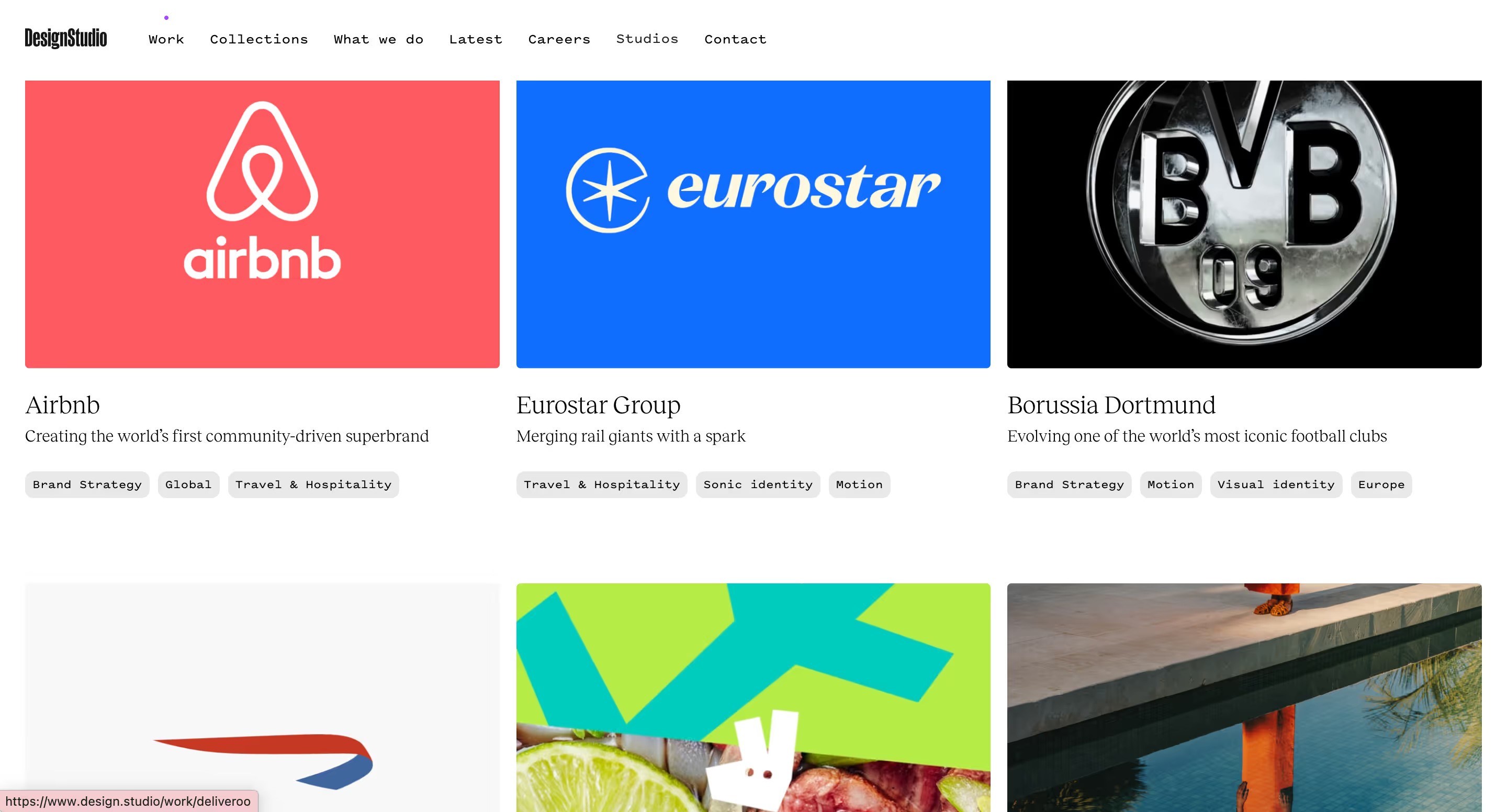1. Start with a Bang
I always begin with my best work. First impressions matter. Kick off your portfolio with your absolute best pieces. Choose work that not only showcases your skills but also reflects the kind of projects you want to attract. Quality over quantity always. No one wants to wade through mediocre work to find the gems.

2. Contextualise Your Projects
Try to tell a story with each piece of work. Include a brief backstory—what was the client's brief, what was your creative process, and what was the outcome? This little narrative gives clients a peek into your problem-solving skills and creativity. Plus, it makes it easier to follow.

3. Show Range
Variety is the spice of life, and it’s also the key to a compelling portfolio. Showcase a mix of work—logos, web layouts, packaging designs, you name it. This not only shows off your versatility but also broadens your appeal to different clients.

4. Regularly Update Your Portfolio
Your portfolio should be a living document. Regularly update it with your latest and greatest work. And don’t be afraid to cut the dead weight—if a piece no longer represents your best work or your current style, it’s time for it to go.

5. Make It Accessible
Make sure it’s easy to navigate and looks great on both desktop and mobile. Smooth, intuitive navigation and quick load times are non-negotiable.

6. Personalise Your Brand
Let potential clients see the person behind the designs. Your portfolio isn’t just about your work; it’s also about you. A little personality goes a long way. If you don't have a website, try to write a short bio.

7. Continuously Improve
Don’t work in a vacuum. Get feedback. Constructive criticism is invaluable and can help you see your work from a new perspective.

8. Be Discoverable
Optimise your online portfolio for search engines. Use relevant keywords, meta descriptions, and image tags. The easier it is to find you online, the more likely you are to attract potential clients.

9. Leverage Client Praise
If you’ve got happy clients, let the world know! Include testimonials in your portfolio. They’re powerful endorsements of your professionalism and skills and can be just the nudge a potential client needs to hire you.

10. Make Contacting You Easy
Wrap up your portfolio with a clear call to action. Whether it’s a contact form, email address, or phone number, make it easy for clients to reach out to you.

Your portfolio is your gateway to new opportunities in the freelance graphic design world. It should be a true reflection of your abilities and style, designed to engage and impress potential clients. With these tips, you’re well on your way to creating a portfolio that not only showcases your talent but also lands you the work you desire.






.svg)


.svg)
.svg)






